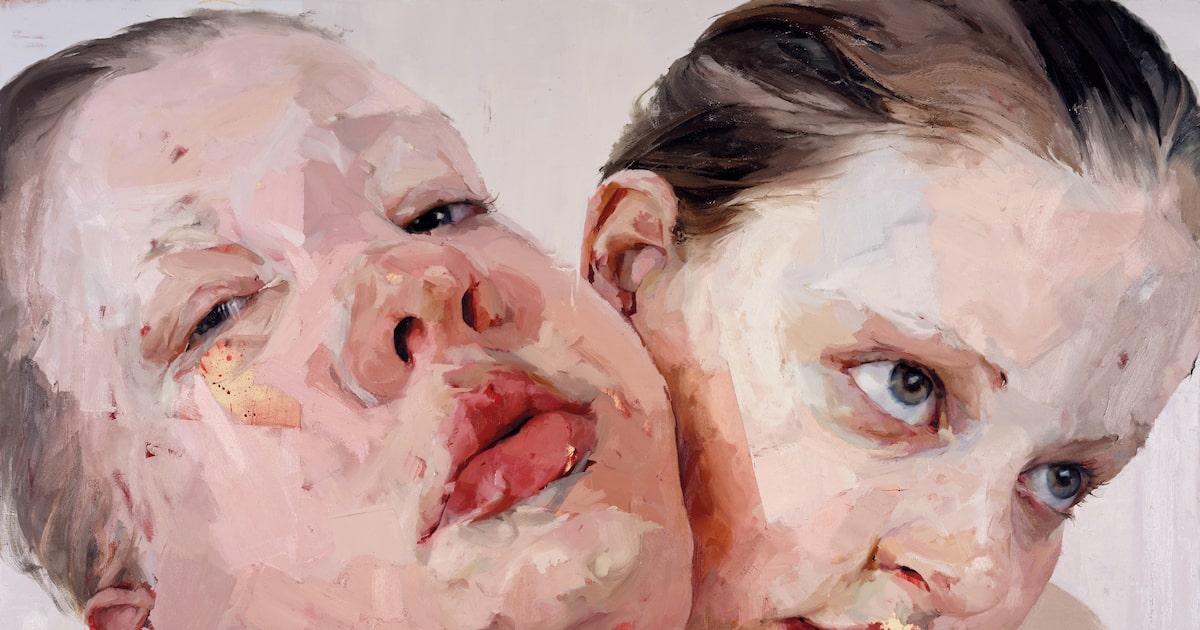FORT WORTH — Jenny Saville’s raw, tender, large-scale oil paintings of nude figures, especially women, have been a presence in the British and international art world since the 1990s, when she graduated from the Glasgow School of Art and caught the eye of power players Charles Saatchi and Larry Gagosian. Her retrospective, which comes from London to Fort Worth for its only U.S. presentation, traces a trajectory from audacious youth to a more assured maturity, engaging with both modern and old masters to explore the perennial affinity of oil painting and human flesh.
Saville’s earlier works attracted attention for their unsparing record of every bulge and crevice of flesh, rendered with rich, luscious color and texture. Some, such as Propped, which juxtaposes the nude artist perched on a stool with a quotation from French feminist theorist Luce Irigaray, are unsparing in their frank nudity.
Others, including many of the works at the Modern, draw the frame tightly around the subject’s head and neck, focusing attention on her face. As Saville has said, “I don’t give my figures a setting. They are never in a room. There is no narrative. It’s flesh, and the paint itself is the body.”
Some of the pictures suggest intense interpersonal connection. The stunning, 12-foot-wide Hyphen, prominently displayed outside the main galleries to introduce the exhibition, shows the interlocking heads of two girls who look in different directions, with one’s chin in the cleft of the other’s neck. Saville catches countless nuances of light and skin tone, adding a few slight distortions for effect.
News Roundups
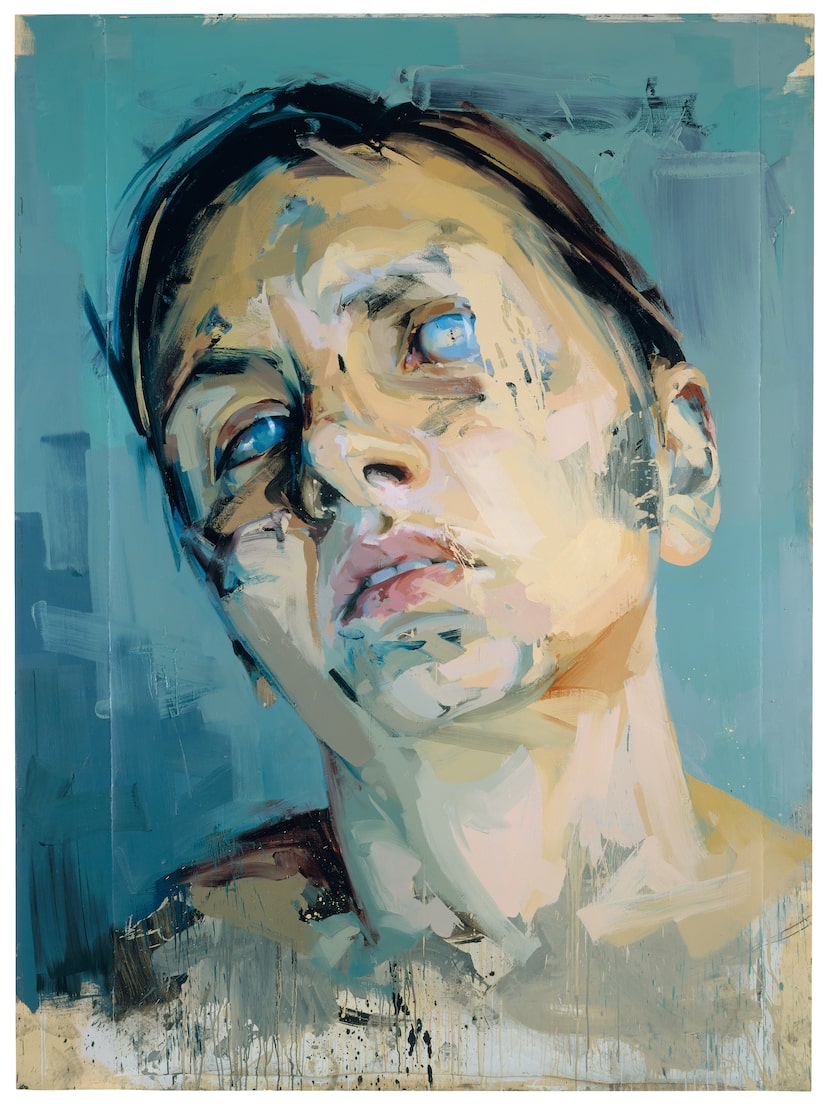
“Rosetta II” depicts a blind woman whom artist Jenny Saville met in Naples, Italy.
Jenny Saville / Gagosian
Rosetta II depicts a blind woman Saville met in Naples, Italy, who was reluctant to be the subject of a painting. According to Saville, she had “a lot of self-hatred and disgust” about why Saville would “possibly want to paint her,” but in the course of modeling, she began “feeling and exuding this incredible beauty.” Saville described the result as “the first sort of beautiful picture I made.”
As much as Saville can be seen as an early icon of body positivity, anticipating contemporary feminist trends, her work engages just as much with the long tradition of sensuous oil painting, from Rubens and Titian through Lucian Freud and Willem de Kooning (who said “flesh was the reason why oil painting was invented”) to her peers Cecily Brown and Tracey Emin.
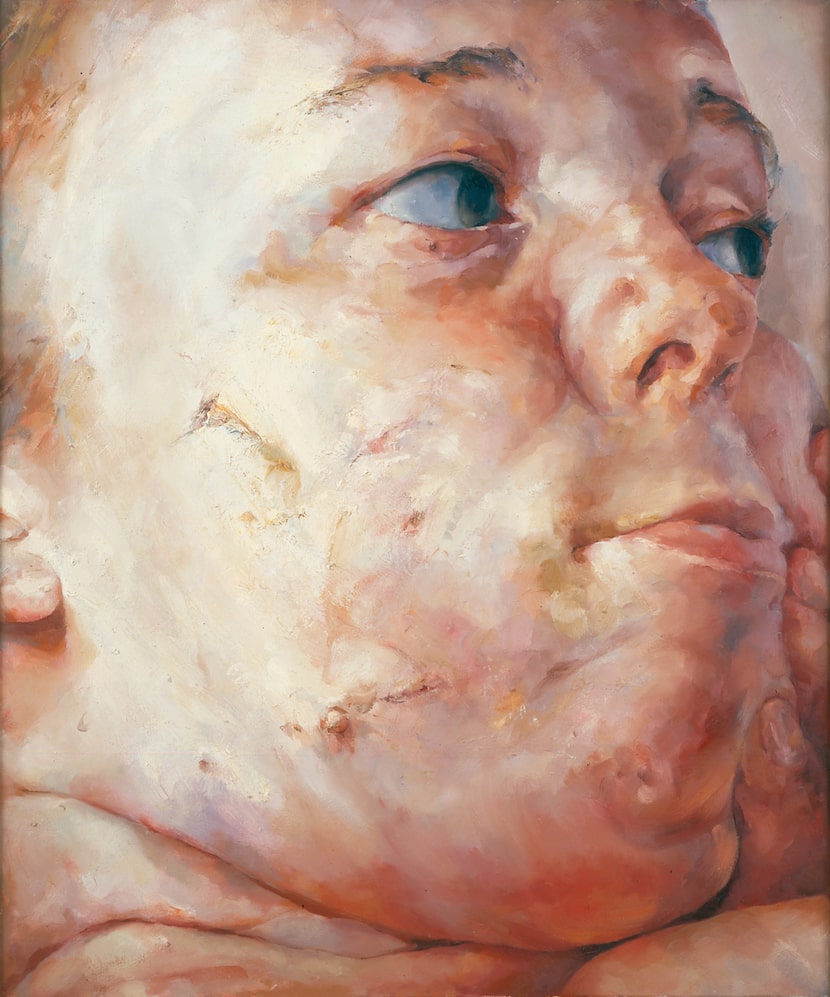
Jenny Saville has studied medical textbooks and attended plastic surgery procedures to understand the intricacies of the human body for works such as her 1992 oil painting “Interfacing.”
Jenny Saville / Gagosian
While Saville’s relentless study of human flesh has taken her to clinical places — she’s studied medical textbooks and attended plastic surgery procedures — the physicality of paint is equally important to her, hence the show’s title, “The Anatomy of Painting.”
Thus, over the years, Saville has also played with gestural abstraction, weaving in and out of the human anatomy she depicts. Zooming in on the works on view would make any number of details appear as pure abstraction, unless one zooms back out to see how the detail is integrated with the overall picture. Works such as Red Stare Collage, Shadow Head and Bleach have passages that recall de Kooning’s gestural abstraction, carefully calibrated to complement the contours of the subjects’ faces.
Saville also plays with a related ambiguity: that between seeing the human figure as a subject that embodies its own personhood and as an impersonal object — a lump of inert flesh. This is most apparent in works such as Reverse, where the subject lies still on the floor, and Witness, based on a crime-scene photograph of a gunshot wound.
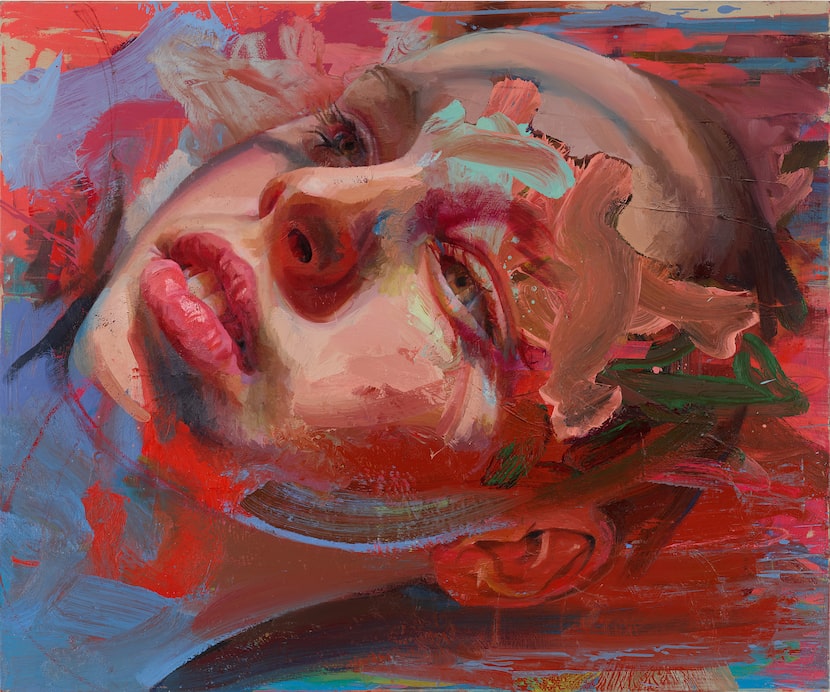
Jenny Saville’s “Drift,” painted in the early 2020s, shows her recent turn toward creating highly detailed human faces mixed with abstract smears and squiggles in all colors.
Prudence Cuming Associates Ltd. / Gagosian
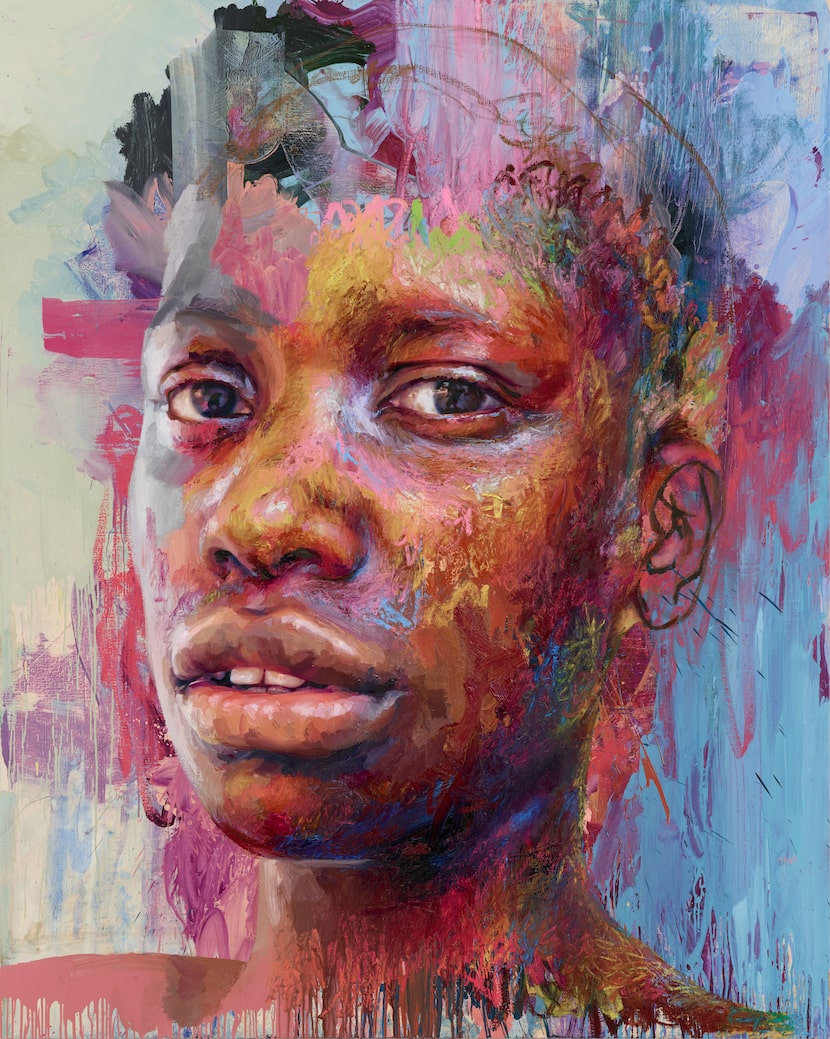
Jenny Saville’s 2020 oil painting “Chasah” is among 50 of the artist’s works featured in her new exhibition at the Modern Art Museum of Fort Worth.
Prudence Cuming Associates Ltd. / Gagosian
After all the clinical anatomy and gore-splattered works, the rainbow-hued sweetness of Saville’s most recent decade is a bit of a jolt. Recent paintings such as Oracle, Chasah and Drift combine highly detailed human faces (paradoxically, so realistic looking as to seem artificial, as if they had been computer-generated) with wholly abstract smears and squiggles in all colors.
Compared with the vulnerability of the fleshy specimens in earlier galleries, the models in these newer works seem cooler and more composed — more like professional models on a runway than confessional subjects.
Yet against the background of digital imagery that now forms the baseline visual experience of everyday life, the fleshiness of Saville’s paint is still a force to be reckoned with.
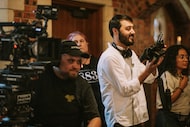 This Oak Cliff filmmaker is campaigning for the Oscars with his award-winning short film
This Oak Cliff filmmaker is campaigning for the Oscars with his award-winning short film
Merced Elizondo’s ‘The Mourning Of’ was made in Texas with a mostly Mexican and Mexican American cast.
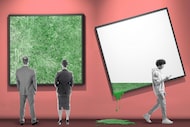 Who will fund the arts in North Texas? Gen Z and Millennials say not me
Who will fund the arts in North Texas? Gen Z and Millennials say not me
With less to give and interests beyond the arts, young donors aren’t interested in giving to art institutions. This could spell a bleak reality for arts groups in the coming years.
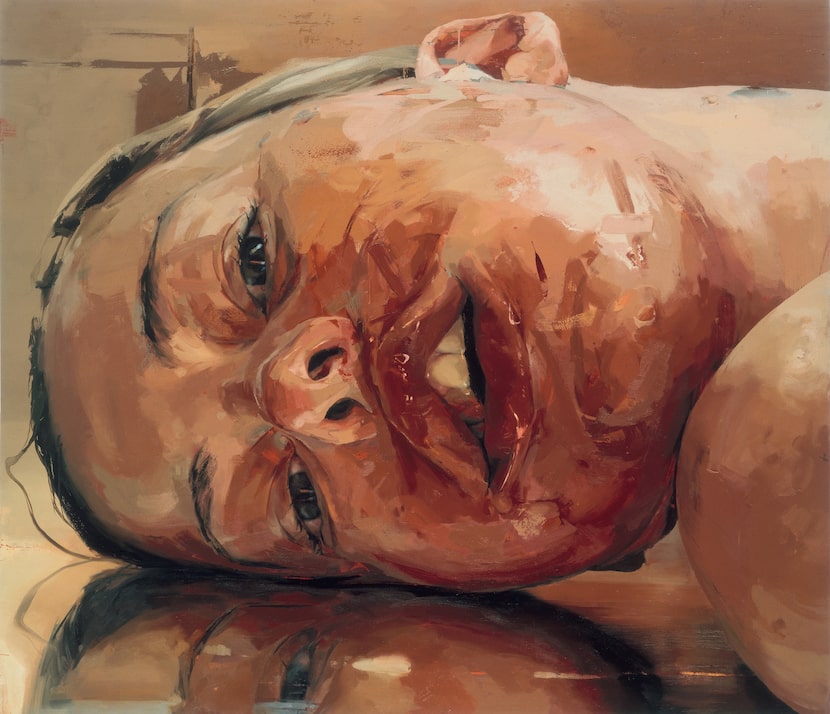
The subject lies still on the floor in Jenny Saville’s “Reverse.”
Jenny Saville / Gagosian
Details
“Jenny Saville: The Anatomy of Painting” is on view at the Modern Art Museum of Fort Worth, 3200 Darnell St., Fort Worth, through Jan. 18. Tuesday through Sunday from 10 a.m. to 5 p.m. and Friday from 10 a.m. to 8 p.m. $16 for adults; $12 for seniors, military and first responders; $10 for students; and free for ages 17 and under. Half-price on Sundays and free on Fridays. Call 817-738-9215 or visit themodern.org.
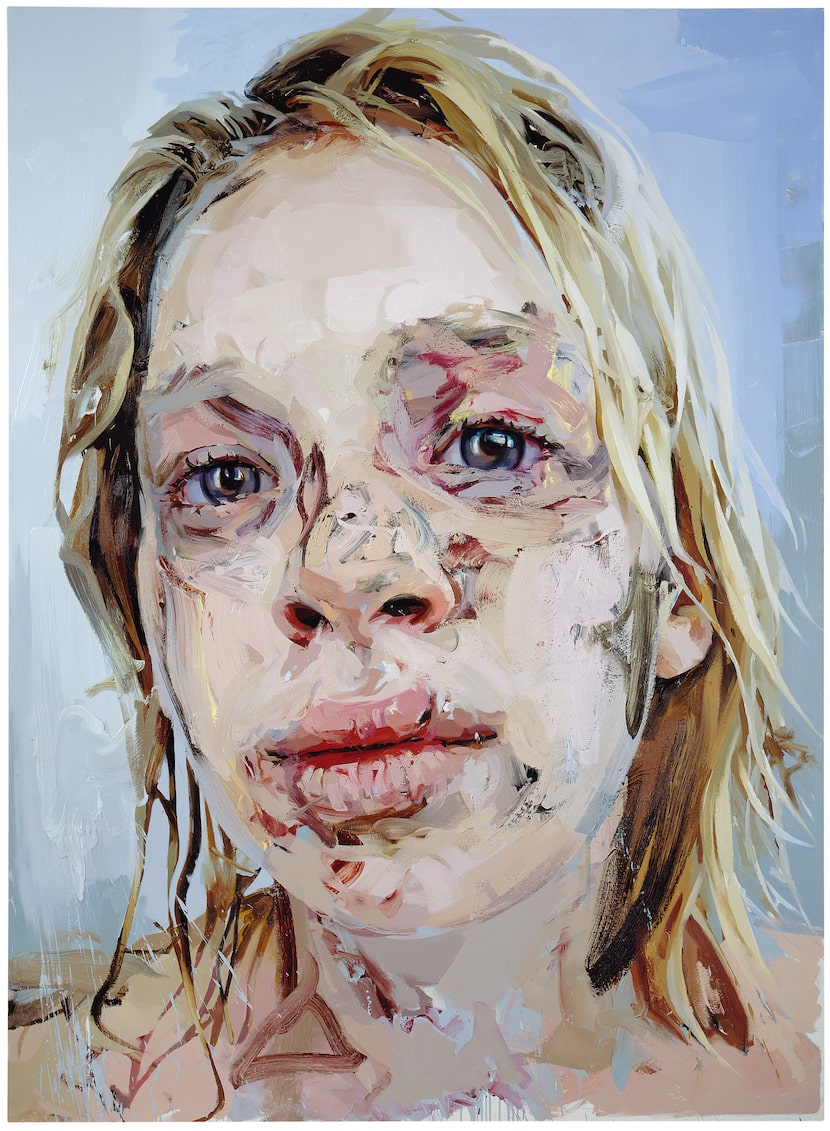
Jenny Saville’s 2008 oil painting “Bleach” is among the works in the British artist’s career-spanning retrospective.
Jenny Saville / Gagosian
